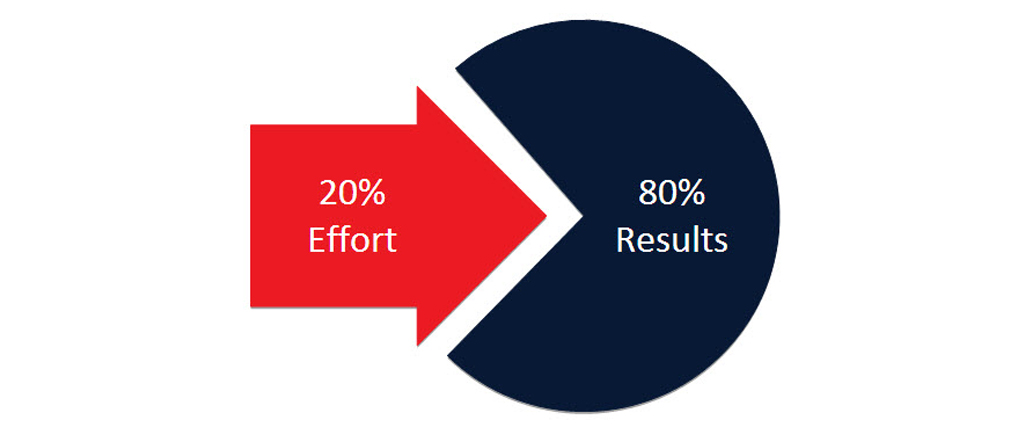Delegation can be one of the hardest lessons for Business Owners to learn as their business begins to grow. At some point, every Business Owner will no longer be able to keep up with the daily tasks and workload that the Company requires from them. The power of delegation is a tool that every Business Owner must confront and learn at some time or another. As difficult as it may be for an Owner to let go of certain tasks, it is a necessary requirement for the company to grow and succeed.

Here are some useful tips on how to start working with a Virtual Assistant.
PREPARE A TO-DO LIST FOR YOUR VIRTUAL ASSISTANT
Learning how to delegate effectively demands proper planning. The most important tool to have in place when dealing with a remote worker is a proper to-do list with clear deadlines.

A suggested approach is to use task management software that allows your VA to cross off items they are working on. Microsoft Teams, ClickUp, Monday.com, Notion, Trello, and other collaborative software tools are fantastic for this because you can share information with all team members. These types of software programs allow Supervisors to keep track of remote workers’ progress and help keep each team member accountable. Each of these task management programs offers ways to easily sort the to-do lists. This allows Supervisors to keep a record of the work previously completed by the Virtual Assistant and can help plan better for the future.
CREATE A COLLABORATIVE RELATIONSHIP AND A HEALTHY WORK ENVIRONMENT FOR YOUR VIRTUAL ASSISTANT

PROVIDING FEEDBACK TO YOUR VIRTUAL ASSISTANTS
One of the biggest mistakes in delegating to your Virtual Assistants is not checking in with them on a regular basis. It is extremely important that there is some sort of regular meeting or check-in conducted with the Virtual Assistant and their Supervisor. Checking in with your Virtual Assistants regularly enables a supervisor to see where the Virtual Assistant needs support. Giving your Virtual Assistants regular feedback, mentorship and guidance show that you care about their development and that you trust their work output. The Virtual Assistant will gradually start to understand your preferences over time and gradually incorporate them into everything they do.
IDENTIFY CLEAR TASKS TO YOUR VIRTUAL ASSISTANT
“Clarity Affords Focus” – Thomas Leonard
- What is the task?
- What are the Supervisors expected outcomes of the task?
- Is there anything specific you want to review on how to complete the task?
- How do you want the task returned to you?
- What is the task deadline?
- Does the Virtual Assistant have any questions about the task?
- Does the Virtual Assistant feel they can accomplish the task within the deadline proposed?
SET DEADLINES AND SCHEDULE CHECK-INS WITH YOUR VIRTUAL ASSISTANT
Not establishing a regular weekly check-in is one of the biggest failures most Supervisors make with their Virtual Assistants. Having regular check-ins with your Virtual Assistant for the first several weeks to see what they are working on, and how you can assist them, so they feel supported is critical.

We don’t want our VAs to feel like they’re being micromanaged or that we’re hovering over their shoulders all the time. The right balance for a successful Virtual Assistant-Supervisor relationship is giving them the freedom to perform their tasks within the deadline.
WHAT TASKS SHOULD BE ASSIGNED TO A VIRTUAL ASSISTANT
It is important for Business Owners and Supervisors to decide what job duties and tasks they should delegate out to Virtual Assistants. Often trying to identify what should be delegated out or not can be a challenge. As a trick, you can try logging your daily work activities for a month. After which, check in to see what tasks you completed, highlighting the usual repetitious, non-value-added tasks. Then sort the tasks into categories based on the following criteria:
- Category 1 - Performing a task of high value that you enjoy doing
- Category 2 - Performing a task that isn't particularly valuable yet must be completed
- Category 3 - Performing a task that shouldn’t be on your list at all
The Pareto principle, sometimes known as the 80/20 rule, is a “universal truth” describing the imbalance of input – outcome ratio. For a Business Owner to complete every task that is thrown their way, is impossible. The Pareto principle helps to determine what is most important. The rest is then delegated or simply let go.

By following this principle, it will assist in identifying what to delegate to your Virtual Assistant. Never make the mistake of assuming that your Virtual Assistant will be able to do everything for you right away. It is important to follow the training and mentoring suggestions noted earlier in the blog. Be patient with your new Virtual Assistant as they develop into their new job role.
COMMON TASKS THAT CAN BE DELEGATED TO VIRTUAL ASSISTANTS
- Sales & Marketing - market research, create content, email marketing, social media management, website management, lead generation, sales research, lead qualification
- Finance & Accounting - bookkeeping, filling in tax returns, invoicing clients, personal and business expense tracking
- Administrative Assistant works - answering calls, data entry, secretarial services
- Time Management - calendar management, email management, schedule appointments, handle work and personal diary
- General Management - business planning, event planning
- Creatives - photoshop, photography, editing, designing
- Industry-based Specific – construction, architecture, healthcare, insurance, real estate, hospitality, pharmaceutical

If you need more time for yourself or your business, it might be time to delegate some of your responsibilities to a Virtual Assistant. Don’t forget all the tips we provided on how to set your Virtual Assistants up for success. Most importantly understand that both you and your Virtual Assistant both need time to adjust to each other. This will come with time, mentoring, and building trust.
